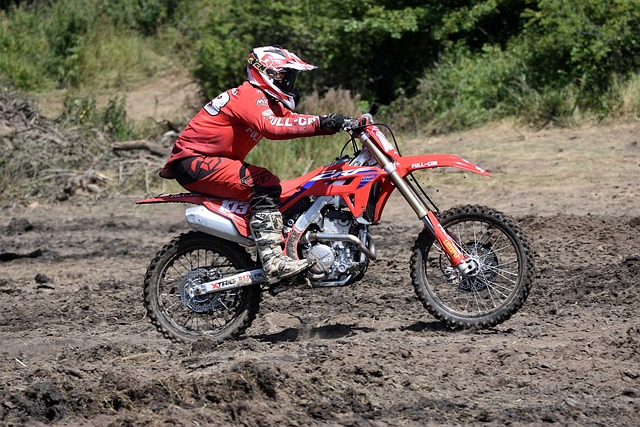Every step, every lift, and every ounce of power you draw in your workout is influenced by what you do before and after the movement — often in the quiet moments when you’re standing still, reaching forward, and feeling the slow, deliberate pull of a static stretch. Static stretching might not spike your heart rate or leave you drenched in sweat, but its impact on strength, fitness, and overall health is profound and sometimes misunderstood.
In the world of strength training, there’s constant discussion about lifting heavier, moving faster, and pushing limits. But what if one of the greatest tools to maximize those efforts is found in the slow, purposeful moments of tension and release? Static stretching, the act of holding a muscle in a fixed position for a period of time, supports muscular health, helps limit injuries, and enhances mobility—essential pieces in any fitness journey.
When we think of training, especially strength training, we’re conditioned to think of action: reps and sets, loaded barbells, and breaking personal records. But before you attempt your first deadlift, pause. Stretch your hamstrings. Open the hips. Realign your posture. This is the foundation where long-term strength is built. Static stretching helps increase flexibility, which relates directly to better lifting form, deeper squats, more powerful lunges, and more confident movements across the board.
For those concerned about health and longevity in their physical pursuits, incorporating static stretching into your routine can be transformative. Tight muscles not only limit your range of motion but also put unnecessary stress on joints and connective tissues. By improving muscle length and reducing tension areas, static stretches can lower the risk of injury while promoting better posture, circulation, and recovery. In fact, those post-workout cool-downs you’ve been skipping? They’re a powerful opportunity to regulate your nervous system and promote healing.
And let’s not forget everyday activity — walking upstairs, carrying groceries, playing with your kids, or going for a weekend hike. You don’t have to be an elite athlete to benefit from static stretching. If your muscles are constantly tight and unyielding, your quality of movement in simple daily tasks diminishes. Static stretching is not just for recovery; it’s an active way to maintain freedom in movement and strength where it matters most: your real life.
This subtle practice builds resilience into your muscles, strengthens your mind-body connection, and supports the bigger goals you chase with intensity — whether it’s running faster, lifting heavier, or simply living better. While the weights and movements might be the show, the quiet moments spent in a deep stretch are just as vital in crafting a body built not only for peak performance but for enduring strength.



